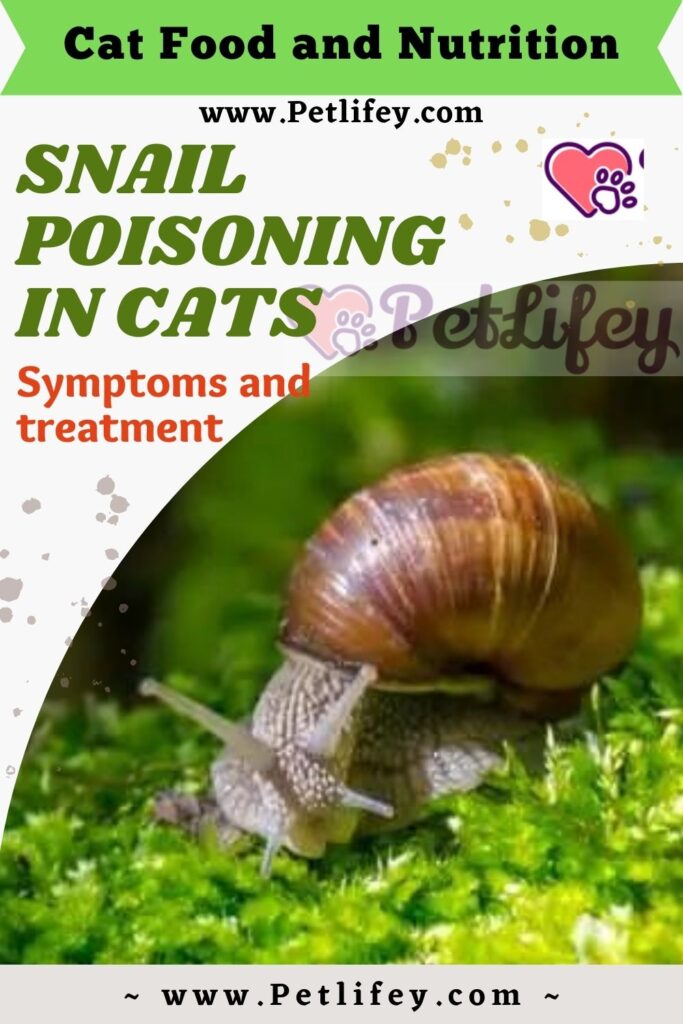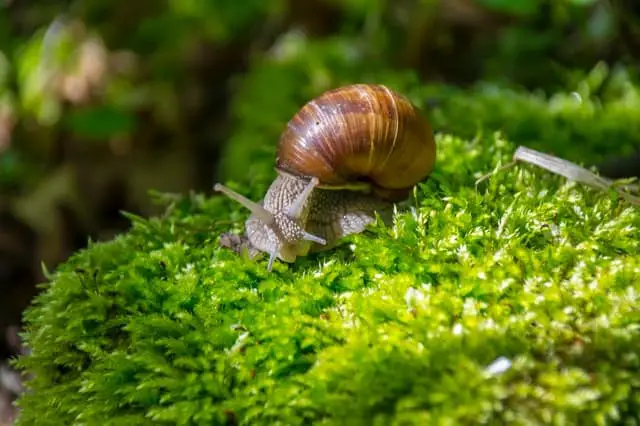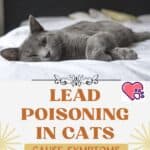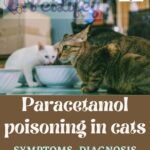
Cat snail poisoning is one of the most common accidents. Better to learn to recognize the symptoms in the feline, before it can be late.
Snail poisoning in cats is caused by a substance also known as metaldehyde. This product is often used as a molluscicide poison for houses and gardens, but unfortunately its danger is underestimated, as in most situations, the owners of gardens or houses infested with snails tend to spread it almost everywhere.
The problem is that they do not consider the presence of their pets that roam freely in the same space where the snail killer was deposited. It is useless to try to place this substance in some corner that seems unreachable, because the cat, let’s remember, has an agility that should not be underestimated. This is why snail poisoning in cats is one of the main domestic accidents of our animals.
Cause of snail killer poisoning in cats
The cause of slugicide poisoning in cats as we have previously specified is due to this substance called metaldehyde, used above all against snails and snails, although in some products it is used for rats, but in general it deals with exterminating the molluscs in general.
It is something that we certainly did not expect to find in the lighters and cooking stoves that are used on the campsite, where it is present. It can be found in liquid or bait form, often combined with bran, in the form of flakes and pellets.
But the most disturbing thing is that it is a substance that is tempting to our cats and in general to pets such as dogs and rabbits. The mode of action of the snailicide consists in making the snails generate an increase in mucus secretion, dehydrating them until they die.
In the feline, this substance is toxic and acts on the central nervous system, lung and also causes metabolic acidosis, lowers the excitability threshold and generating convulsions in the cat.
Symptoms
Snail killer poisoning in cats involves a series of symptoms that emerge within a maximum of 3 hours from the moment the feline ingests the bait containing the metaldehyde for the snails. They can be identified in:
- tachycardia in cats;
- congested mucous membranes;
- pale mucous membranes;
- muscle twitching;
- fasciculations (they are spontaneous, rapid and regular contractions of one or more parts of the body);
- opisthotonus (is a state of severe hyperextension and spasticity in which an individual’s head, neck and spine curve);
- continuous seizures;
- pupil dilation;
- vomit that smells like formaldehyde;
- diarrhea in cats also greenish;
- hyperthermia (not really fever, it is caused by muscle tremors).
Diagnosis and treatment of slugicide poisoning in cats

The diagnosis of slugicide poisoning in cats, like all diagnoses of poisoning, must be made with extreme speed before it can be too late to do anything for the feline. To send the animal’s gastric contents to be analyzed is a slow solution that should not be applied, but for sure the vet will know how to intervene.
First of all, the veterinarian will ask for anamnesis or the previous history of the cat is the first phase to be analyzed together with the owner and if the latter suspects that the cat may have approached the snail poison, the best decision to take is to take part of this substance and take it with you to the vet.
In this way the doctor, knowing what caused the cat’s condition, will be able to intervene much faster. Unfortunately, however, without being able to use any antidote, as metaldehyde has no antidote.
This is why the veterinarian will only and exclusively be able to remove any metaldehyde that may still be present in the stomach, and then proceed with gastric lavage, activated charcoal, drip to resolve metabolic acidosis, drugs to control seizures.
For the prognosis, timing is everything, logically the sooner the cat is transported to the vet the more likely it will be that he will soon recover. Otherwise there could be certain liver and kidney damage or even a cardiac arrest and therefore the death of the feline. If the animal exceeds the first 24 hours, the prognosis definitely improves.






